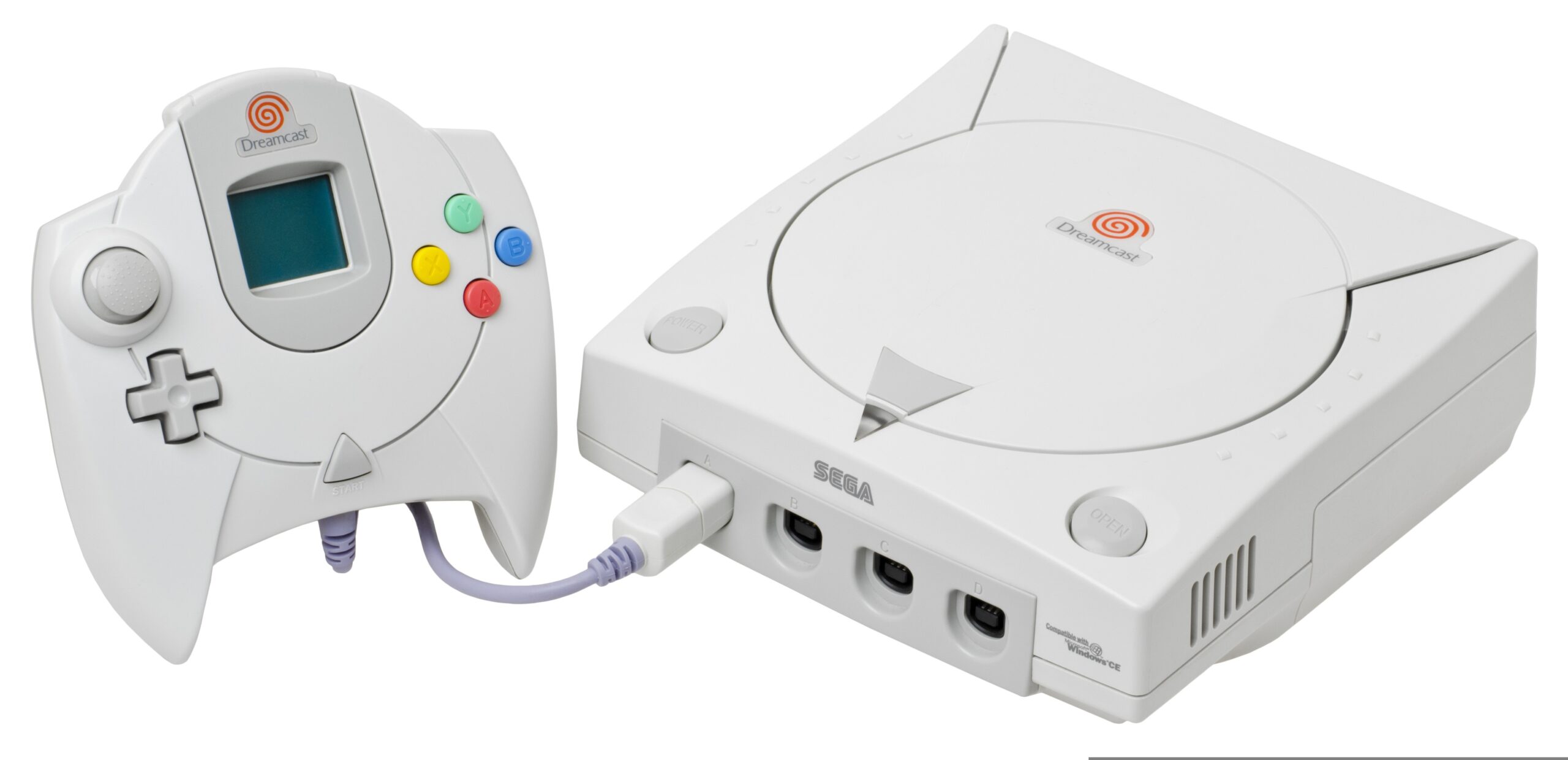Hello readers, as you may have already read, this blog aims to disseminate in-depth arguments on topics concerning Web2 and Web3 with a focus also on art in the digital era and how art meets NFTs.
Among our authors, the pen of Annalisa Curtarelli, the author I am bringing to your attention today, is worthy of attention.
But who is Annalisa Curtarelli? Let’s get to know her better!
Biography
Annalisa Curtarelli is the Co-founder and Art Researcher of the MetaBrera project and, simultaneously, a student-tutor at the School of Communication and Valorisation of the Contemporary Artistic Heritage of the Brera Academy of Fine Arts.
Starting in 2011, her training has taken shape around the creative sector from multiple points of view: from the world of cinema and theatre, through communication and art didactics, to the valorisation of cultural heritage.
Since 2021, he has contributed to the birth and development of the MetaBrera project, focusing on research, training and education activities to investigate the perspectives and tools of Web 3.0 applied to the artistic and cultural landscape.
Concurrently with his studies, he collaborated in exhibition activities for the HOPERAPERTA project on Milan Design Week 2022 and, in the same year, for the independent museum FuturDome. At the latter, in the Archive section of the International Institute of Futurism Studies, he developed skills in researching and organising archive material, an activity he is currently pursuing in the experience started by Mousse Magazine & Publishing.
Annalisa Curtarelli tells her story
My research moves from the cultural sector, particularly around those relational-communicative practices defined as art and plural languages that uniquely characterise the human dimension. These forms of humanity construct meaning and value within communities, which, as we know, for the traditional art system, are often composed of small elitist circles.
In 2021, the advent of blockchain and NFTs, on a large scale, was a jolt to the art world’s hierarchy. As a student, it was impossible not to get caught up in the initial euphoria, which drove me to understand the dynamics and mechanisms of an industry utterly unknown.
From blind enthusiasm, today, the time has settled and placed my faith/hope in a new paradigm for cultural organisations in research: placed under a critical gaze, these technologies have become a source of study for the construction of an artistic community, which, following the ideals expressed by blockchain, will become more apparent, more participatory and widespread.
Based on these considerations, I have been approaching Net art as a territory for the past year to contextualise a background of creative experiences that are fundamental for understanding the current phenomenon. At the same time, I need to structure a reflection in a future perspective, thus pursuing a study on the new tools that Web 3.0 proposes, particularly DAOs as a democratic and horizontal organisation for collaboration in forming value, culture and knowledge.









